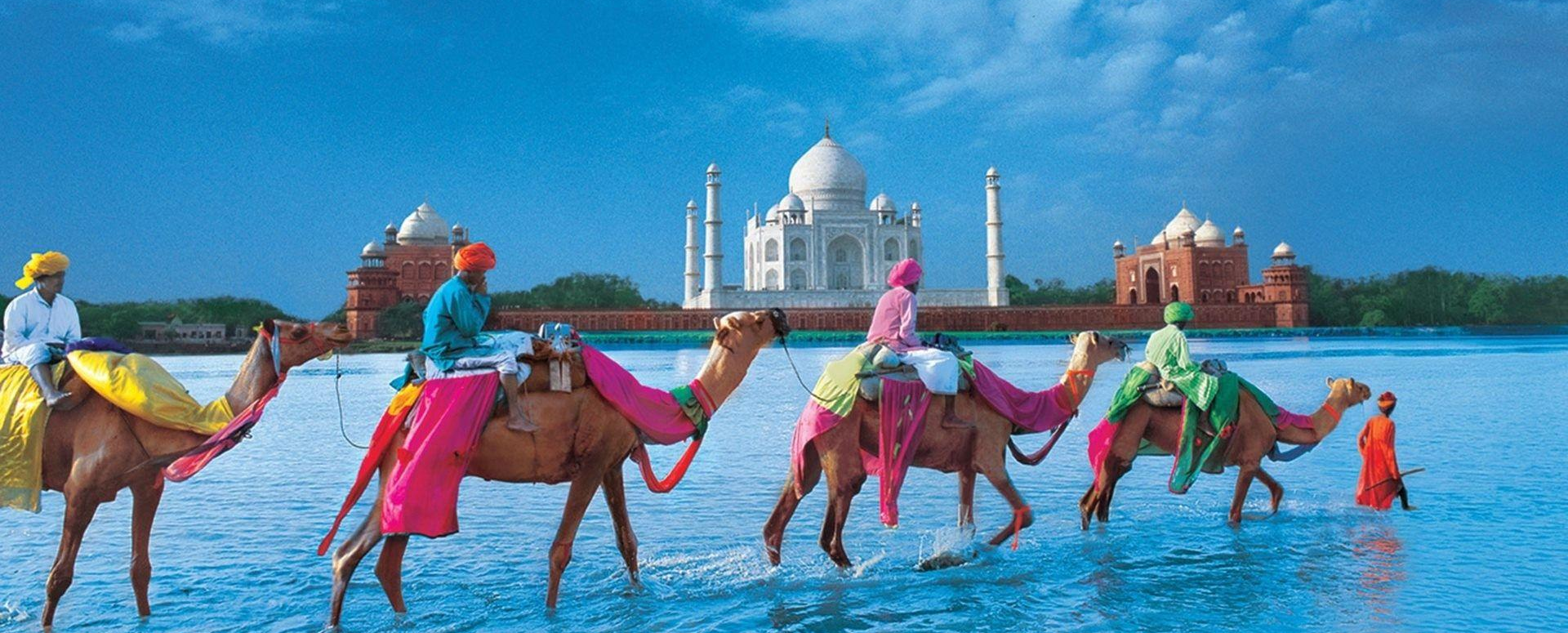Delhi Full Day Sightseeing
Day 01 – Delhi
After the breakfast in the morning visit Jama Masjid, the largest mosque in India, in the heart of old Delhi, it was built by the Mughal emperor Shah Jahan between 1642 and 1656, and inaugurated by its first Imam, Syed Abdul Ghafoor Shah Bukhari. Situated in the Mughal capital of Shahjahanabad (today Old Delhi), it served as the imperial mosque of the Mughal emperors until the demise of the empire in 1857. The Jama Masjid was regarded as a symbolic gesture of Islamic power across India. Then enjoy the Rikshaw ride where you will visit the spice market, the largest spice market of Asia. and Chandni Chauk, the busiest market of India. After that we will visit the Akshardham temple. Swaminarayan Akshardham is a Hindu temple, and spiritual-cultural campus in Delhi, India. The temple is close to the border with Noida. Also referred to as Akshardham Temple or Akshardham Delhi, the complex displays millennia of traditional and modern Hindu culture, spirituality, and architecture. Inspired by Yogiji Maharaj and created by Pramukh Swami Maharaj, it was constructed by BAPS. It is the world's second-largest BAPS Hindu temple, following Akshardham, New Jersey, in the U.S. Later you will drive pass from President house and parliament house of India. After that stop the car at India gate. At the centre of New Delhi stands the 42 m high India Gate, an "Arc-de-Triomphe" like archway in the middle of a crossroad. Almost similar to its French counterpart, it commemorates the 70,000 Indian soldiers who lost their lives fighting for the British Army during the World War I. The memorial bears the names of more than 13,516 British and Indian soldiers killed in the North-western Frontier in the Afghan war of 1919. After that take you lunch. After lunch visit the Sikh Temple. Gurdwara Bangla Sahib is one of the most prominent Sikh gurdwaras, or Sikh house of worship, in Delhi, India, and known for its association with the eighth Sikh Guru, Guru Har Krishan, as well as the holy pond inside its complex, known as the "Sarovar." It was first built as a small shrine by Sikh General Sardar Baghel Singh in 1783, on the bungalow donated by king Raja Jai Singh of Amer, who supervised the construction of nine Sikh shrines in Delhi in the same year, during the reign of Mughal Emperor, Shah Alam II. Later visit the Qutub Minar. It is a minaret and "victory tower" that forms part of the Qutb complex, which lies at the site of Delhi's oldest fortified city, Lal Kot, founded by the Tomar Rajputs. It consists of 399 steps [3] It is a UNESCO World Heritage Site in the Mehrauli area of South Delhi, India. It is one of the most visited tourist spots in the city, mostly built between 1199 and 1220.


.png)

